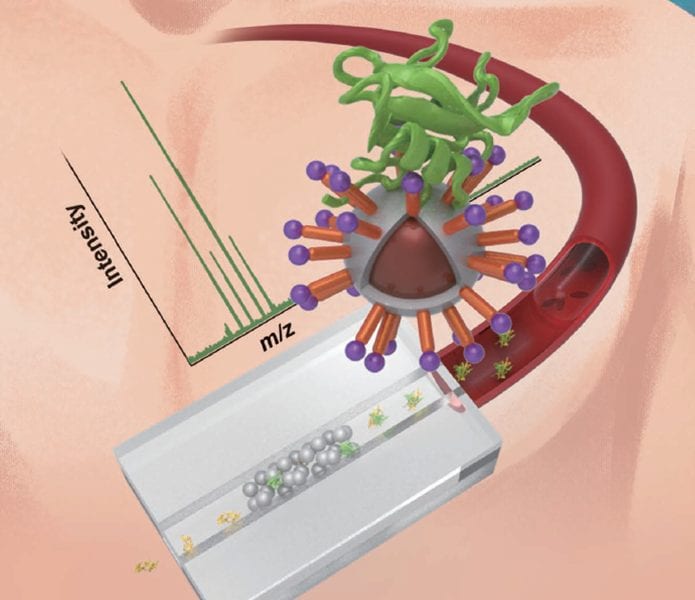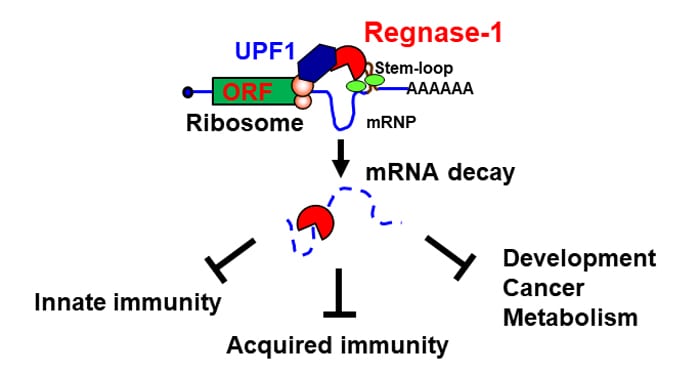Unlike all other cells in the body, which age and eventually die, a female’s oocytes can give rise to a new individual. Oocytes have, in a sense, achieved immortality. In order to reach this exalted state, each oocyte undergoes a complex program of differentiation within the ovary before it is ovulated and fertilized.

On-Chip Magnetic Nanoparticles for Phosphoproteomics
Indium oxide-functionalized magnetic nanoparticles were synthesized and used as solid phase extraction adsorbent on a chip, held with the help of an external magnetic field.

Manipulating Proteins inside Living Cells
Magnetogenetics is a promising approach manipulating cellular functions in tissues and organisms with high spatial and temporal resolution.

Challenges of Predicting Effects of RNA Splicing
The current tools available to predict RNA splicing effects are explored in a recent review.

Cytometry Part A Special Sections on Imaging Cytometry
Two new, Special Sections dedicated to imaging technologies.

Nobel Prize in Physiology or Medicine: Molecular Mechanisms That Control the Circadian Rhythm
PER protein levels oscillate over a 24-hour cycle, in synchrony with the circadian rhythm.

Roles of the Endonuclease Regnase-1/MCPIP1 in Controlling Immune Responses and Beyond
Regnase-1 is critical for the degradation of mRNAs involved in immune responses as well as other various biological processes.

Mimicry in Butterflies: The Muse, the Palette and the Artist
A caterpillar prepares for its legendary transformation from a pupa into a colorful butterfly. Through this metamorphosis, a bag of developmental genetic tricks lays down bright color patterns that help the butterfly attract its mates and warn or fool its predators.

Cover Art – Featuring DNA Origami, Cardiac Scaffolds and Stem Cells
This week’s Advanced Healthcare Materials cover manuscripts.

Particle Targeting in Complex Biological Media
Parameters that affect the biological performance of particles and highlight strategies for improved targeting ability of particles.










